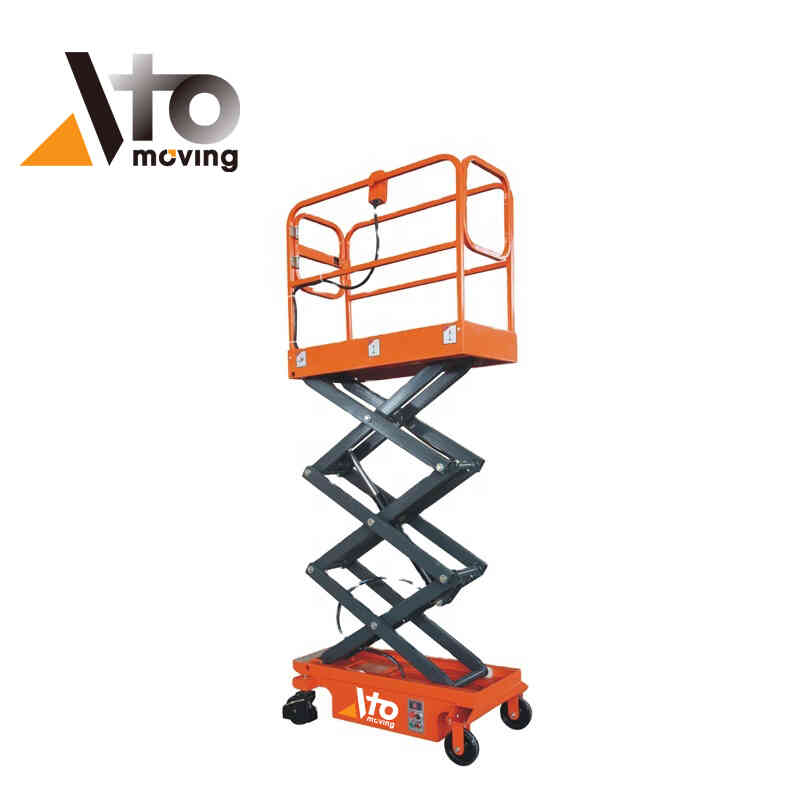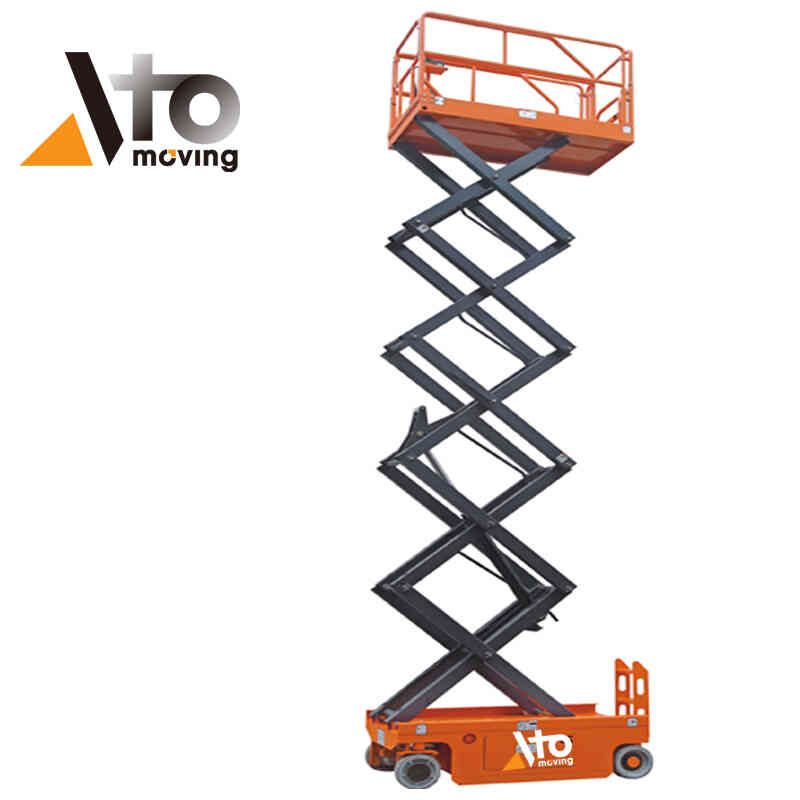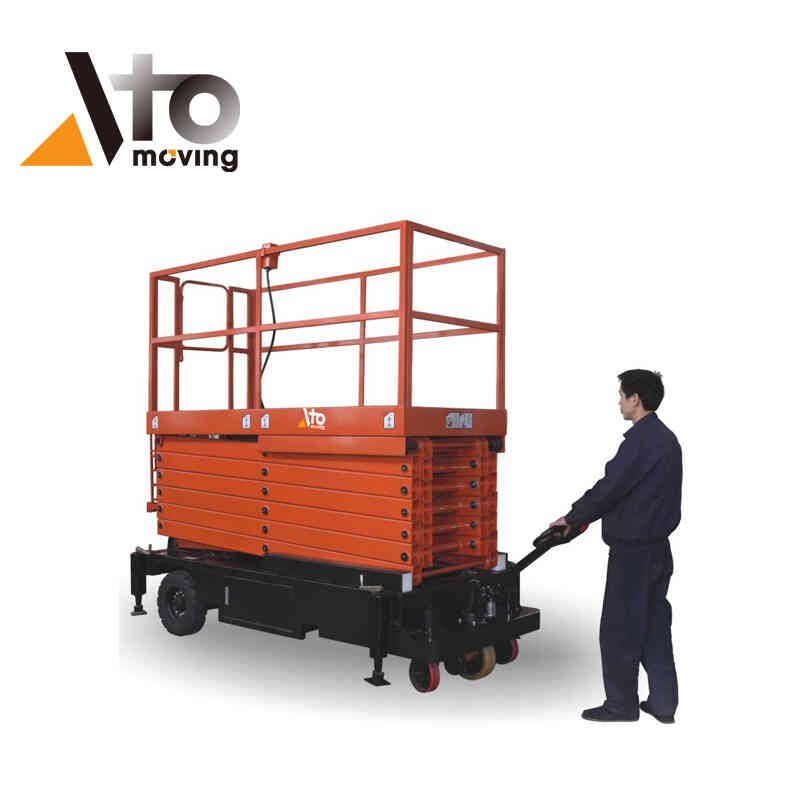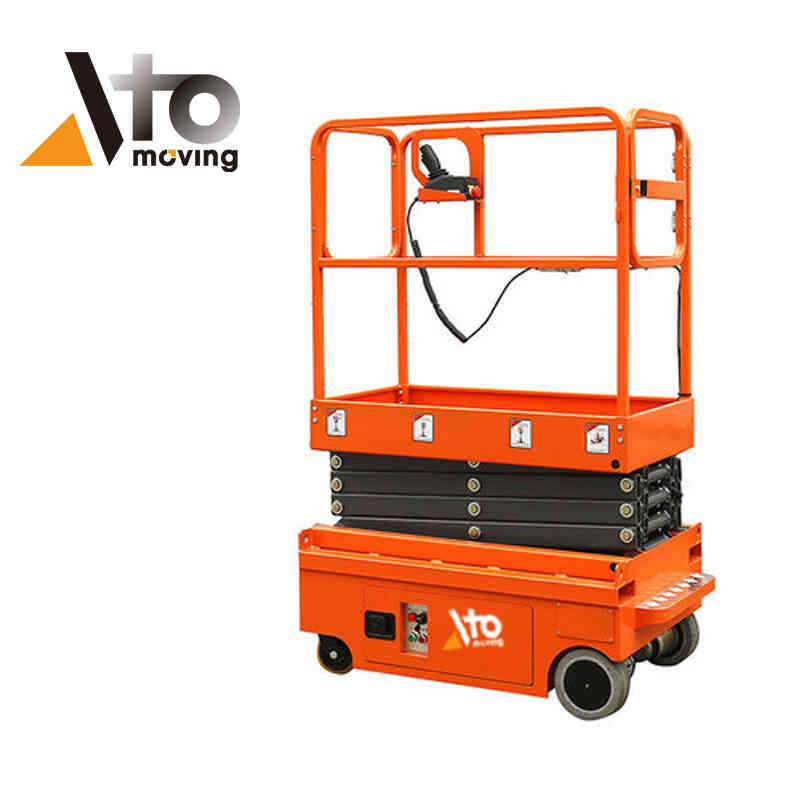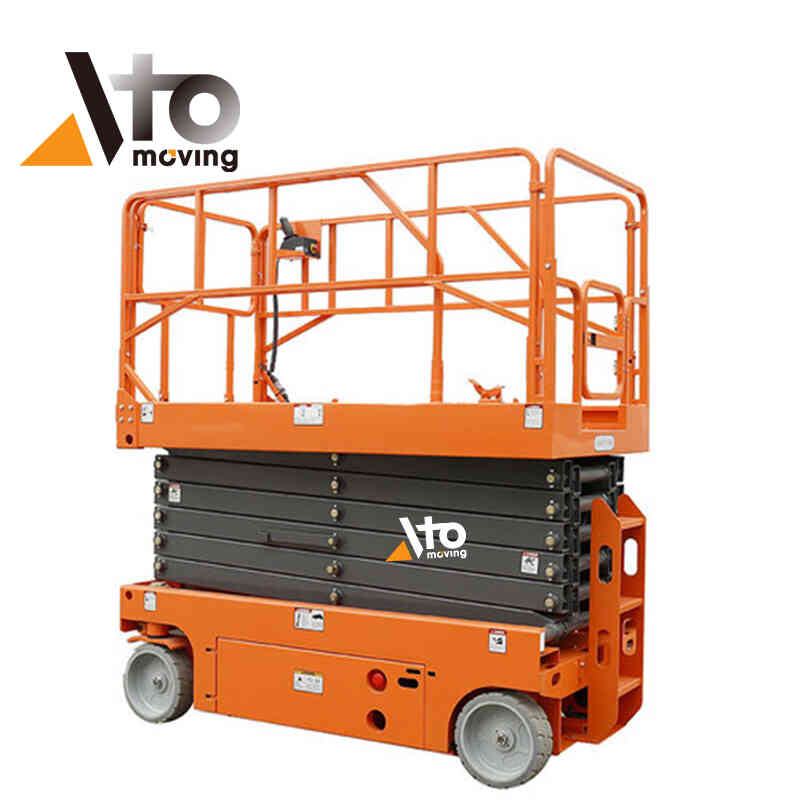Atomoving
Aerial Work Platform
Aerial Work Platform
Our range of aerial work platforms offers a versatile and efficient solution for performing tasks at height. Designed to enhance safety and boost productivity, these machines are ideal for various at-height work requirements, ensuring operational efficiency and reliability.
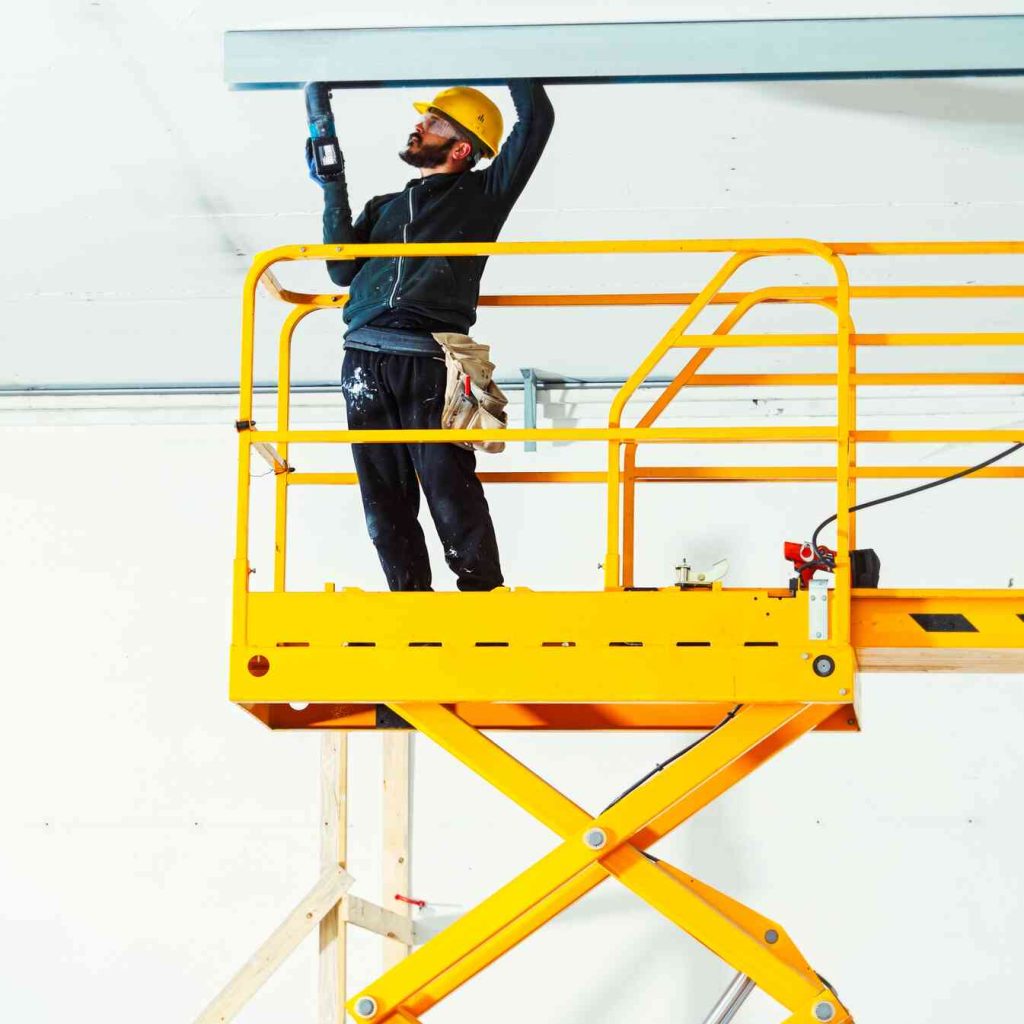
Designed to Perform
Atomoving’s AWP (Aerial Work Platform) stands out in the industry for its user-friendly operation, adaptability, and robust construction. Its lightweight design and maneuverability make it an ideal choice for rental, light construction, and maintenance tasks.
Frequently Asked Questions
What is an aerial work platform?
Aerial Work Platforms (AWPs) are versatile and mobile solutions designed to safely elevate workers to high areas, enhancing productivity across construction, maintenance, warehousing, and other industries. These platforms, which can be driven or towed and stabilized for use, operate on hydraulics, pneumatics, or electricity, and feature a platform or bucket that can be equipped with various attachments. Essential for their operation is the use of fall protection gear and specialized training for operators, ensuring safety alongside efficiency. There are several types of AWPs, including:
- Boom lifts (articulating or telescopic): These have jointed or extendable arms that can reach up and over obstacles. They can extend anywhere from 30 to over 100 feet.
- Scissor lifts: These have crisscrossing metal supports that extend straight up and down, typically reaching heights of 20-50 feet. They provide a larger platform for workers and materials but have limited reach.
- Aerial ladders: These are extendable ladders mounted on a vehicle like a fire truck. They allow workers to climb to heights with greater safety than traditional ladders.
- Atrium lifts (spider lifts): These are compact lifts with adjustable legs that can fit through doorways and work in tight spaces. They can reach 60-100 feet high.
Do you need training to use an aerial work platform?
To ensure the safe operation of Aerial Work Platforms (AWPs), both OSHA regulations and industry standards mandate comprehensive training for operators. Key requirements include:
- Operator Training and Authorization: Only individuals who have received proper training and authorization may operate AWPs. Employers are responsible for providing this training before operators are allowed to work unsupervised.
- Training Scope: The training program must encompass various critical topics, such as understanding electrical, fall, and struck-by hazards; recognizing and avoiding unsafe conditions; proper operating procedures; equipment inspections; and adherence to manufacturer’s instructions.
- ANSI/SAIA A92 Standards: These standards specify that operator training for Mobile Elevating Work Platforms (MEWPs), encompassing AWPs, must include theoretical knowledge (which can be obtained through classroom or online courses), practical training under a qualified trainer’s supervision, and a practical evaluation of the operator’s proficiency in a real-world setting.
- Certification and Documentation: Upon successful completion of the training, operators should receive a certificate or wallet card as evidence of their qualification. This documentation may be requested by OSHA.
- OSHA and Training Programs: It’s important to note that OSHA does not certify individual operators or endorse specific training programs. Employers have the flexibility to conduct training internally or through third-party providers, provided the training complies with OSHA and ANSI/SAIA standards.
- Retraining: Although there is no strict timeline for retraining, it is generally advised every three years or following an accident, near miss, change in workplace hazards, or when an operator is assigned to a different type of AWP.
In summary, it is imperative for employers to ensure that AWP operators are adequately trained following OSHA and ANSI/SAIA guidelines. This includes initial comprehensive training and periodic retraining to maintain a safe working environment and prevent accidents.

